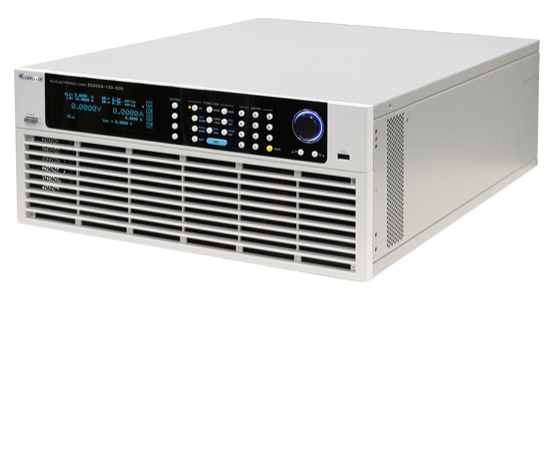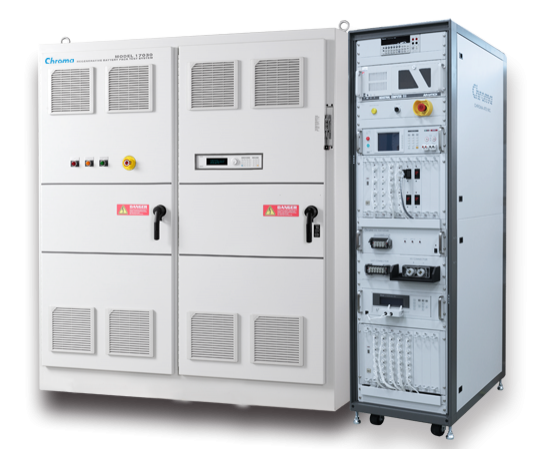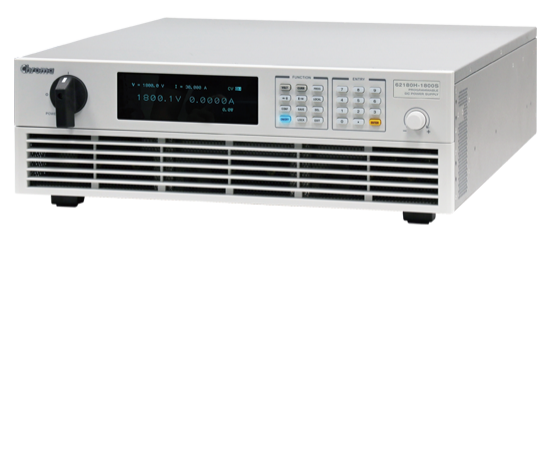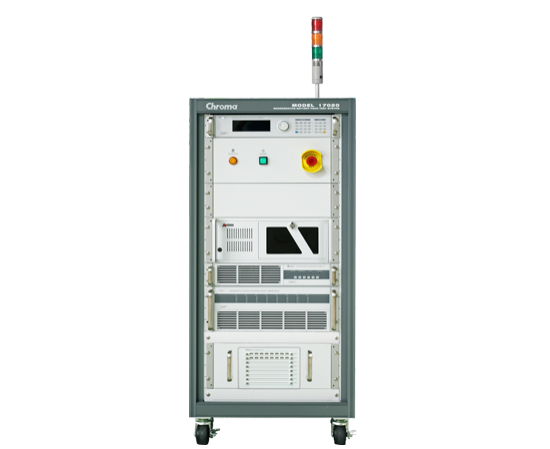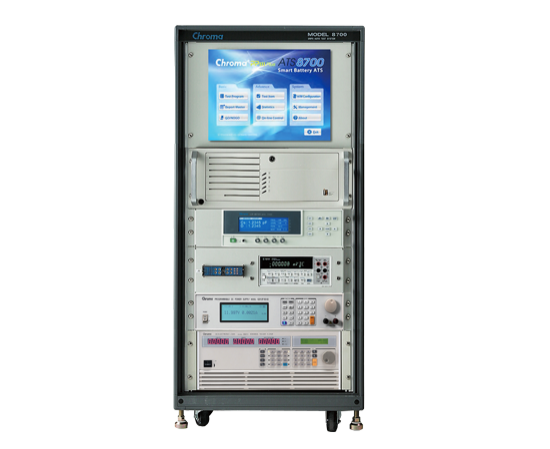Description
Chroma 87001 Battery Cell Simulator is a high precision, programmable, and bidirectional DC power source with both voltage source and current source functions. In addition, the model can be used as a multi-channel DC power supply or an electronic load as well. A single simulator has 16 channels and each of them can set voltage and current respectively via Chroma software.
The Chroma 87001 Battery Cell Simulator can be used in place of lithium-ion batteries to provide a reliable and safe testing environment. The equipped battery management system (BMS) and its subsystems can test the battery cells used in electric vehicles and energy storage batteries, etc.
The simulator has voltage isolated channels that can simulate a 480-cell battery pack (2000V/4.2V) connected in series. It is used to imitate the power characteristics when charging and discharging the battery cell energy. This high-precision battery cell simulator with flexible voltage source and current load regulation has voltage and current measurement capabilities. Each channel provides 0~5V voltage adjustment capability and 0~5A bidirectional current function, with serial and parallel capabilities between channels. The current can be increased by paralleled channels; moreover, the battery cell short circuit simulation tests can be performed via the battery management system (BMS). The BMS testing can be performed directly even when the cable length is 5m long.
The Chroma 87001 Battery Cell Simulator can be used alone with user development software or integrated into a fully functional BMS test system for automated testing to complete the product verification rapidly. The simulator can test the BMS products under master/slave or independent architecture. Optional high-precision temperature simulation is available through Chroma’s customized BMS test system as each battery has temperature sensor simulating function to provide the cell temperature status to BMS for testing.
The simulator has a variety of protection features such as over current protection (OCP), over voltage protection (OVP), under voltage protection (UVP), fan fail protection, and output circuit compensation voltage to make sure that the tests are conducted under a safe environment.


